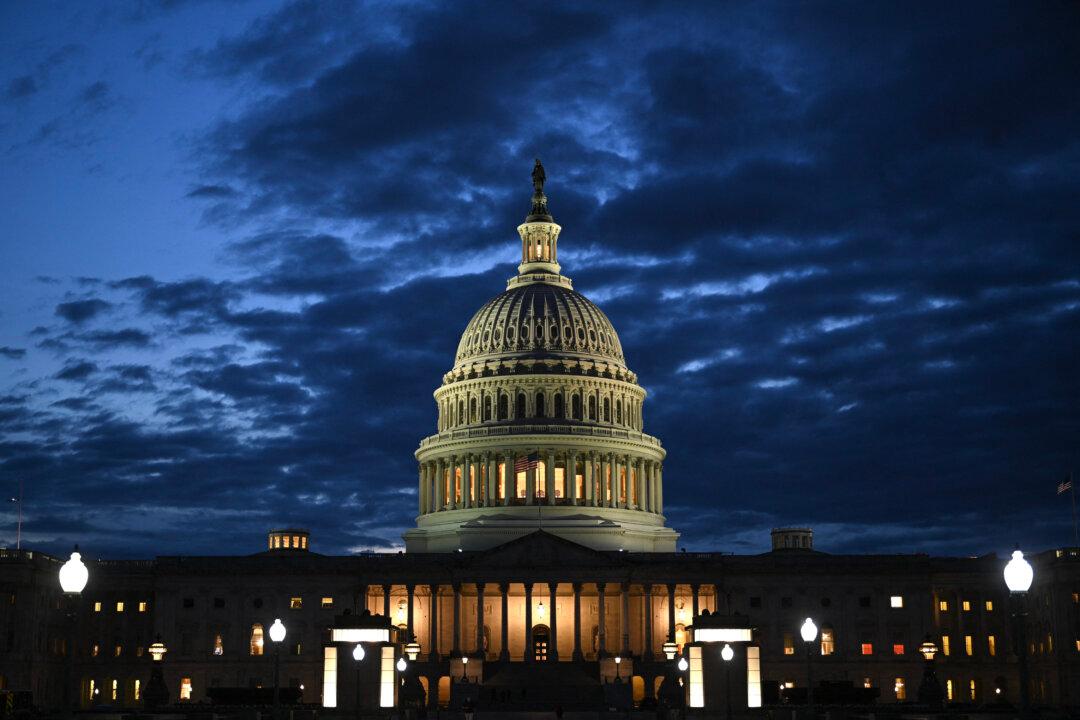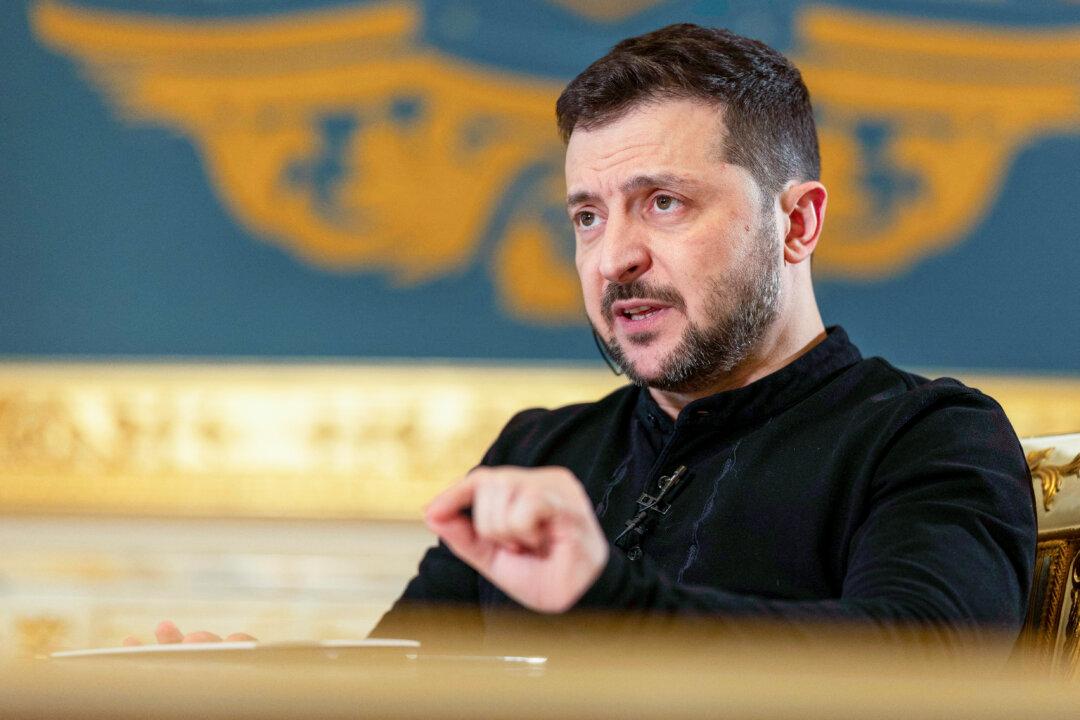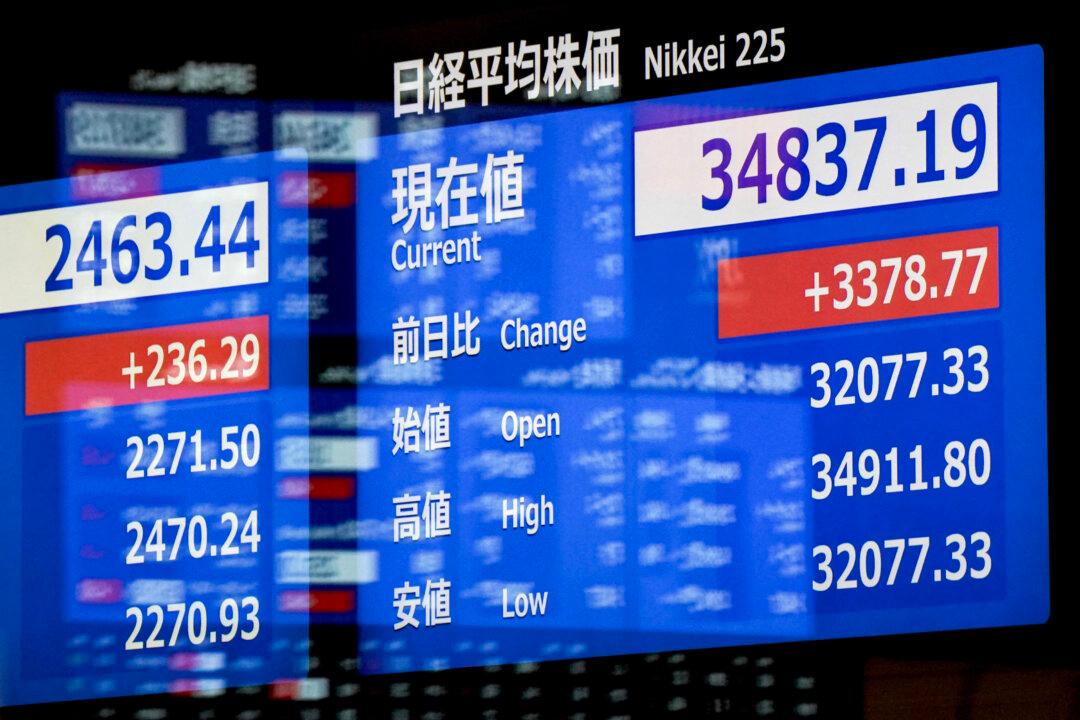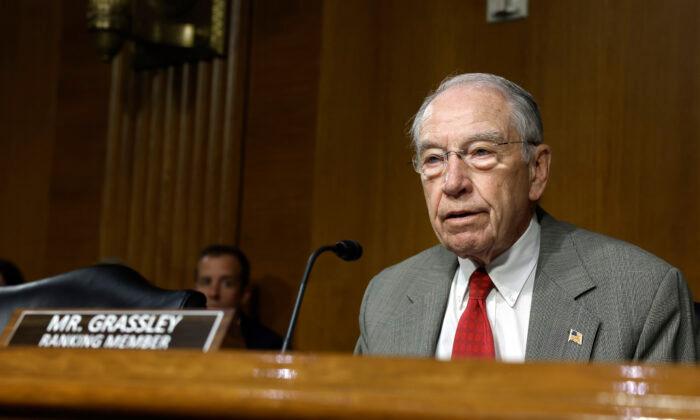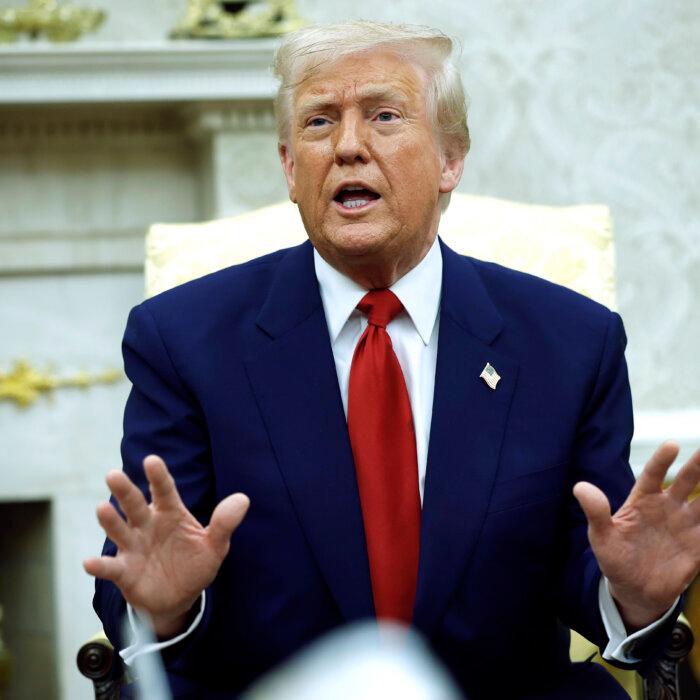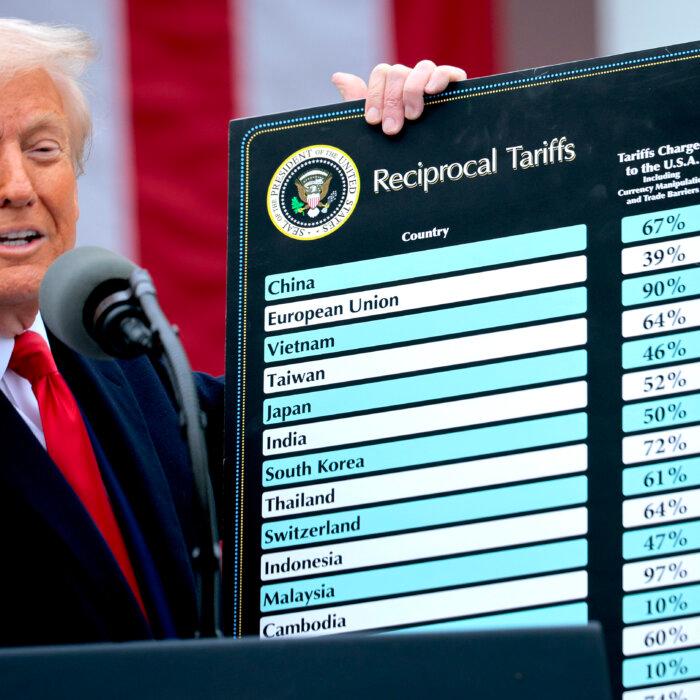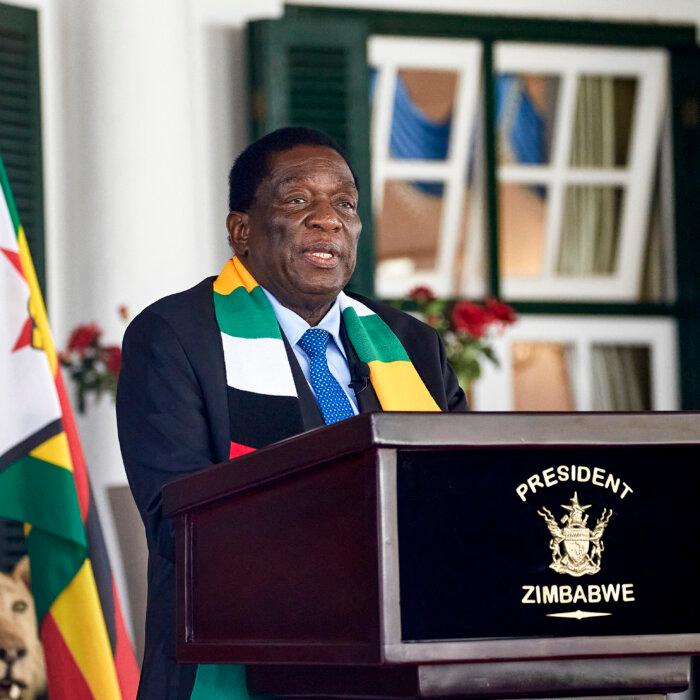Live
Trump Admin Says It’s Working on Deals With Top Trading Partners
The president also threatened additional 50 percent tariffs on China if it didn’t withdraw its retaliatory tariffs by April 8. Beijing has rejected the demand.

‘Your Friends & Neighbors: Season One’: A New Morality Play
Jon Hamm revisits ‘Mad Men’ and ‘Landman’ by playing an appealing anti-hero.

Andrew Marvell’s ‘The Garden’ and the Restorative Power of Nature
‘The Garden’ by 17th-century English poet Andrew Marvell covers much ground, from the benefit of alone time in nature to the soul’s search for a divine Creator.

Antonello da Messina’s Blue Madonna
Amidst a long lineage of blue Madonnas, “Virgin Annunciate” has a magnetism that compels contemplation.
Most Read
Top Stories
Used Car Prices, Inventories Decline in March: Manheim Index
However, prices could rise as a result of newly announced auto tariffs by the Trump administration.
Breaking
US Supreme Court Sides With Trump for Now in Fired Federal Worker Case
The president asked the high court to intervene after a lower court judge ordered the administration to reinstate thousands of probationary workers.
Senate Republicans Introduce Legislation to Boost Transparency on Foreign Funding in Higher Education
‘If America’s adversaries are using these gifts to infiltrate college campuses, we need to know about it,’ Sen. Bill Cassidy said.
Why US Has Upper Hand Over Beijing in Tariff Standoff
Experts say the tariff standoff is beyond economic conflict; Trump and Xi are contesting U.S. economic might versus communist political control.
US Treasury Secretary Says Around 70 Countries Have Reached Out Over Tariffs
Bessent also said on Tuesday that he believes ‘a couple of big trading partners’ will ’do deals very quickly.’
Judge Boasberg Cancels Hearing After SCOTUS Vacates His Orders
The Supreme Court ruled that the case was wrongly brought in Washington, instead of where illegal immigrants are being held.
DOJ Repeals ‘Zero Tolerance’ Firearm Rules
U.S. Attorney General Pam Bondi said the policy had ‘unfairly targeted law-abiding gun owners.’
Appeals Court Clears Way for DOGE to Access Data at 2 Agencies
The Fourth U.S. Circuit panel reversed an injunction sealing off personal records in the Education Department and the Office of Personnel Management.
US Stock Market Claws Back Some of Last Week’s Losses as Tariff Talks Underway
Tuesday’s bump occurred as Treasury Secretary Scott Bessent said that more than 70 countries have reached out to the White House over tariff negotiations.
State Department Reminds Public of May 7 Real ID Deadline
All states, the District of Columbia, and the five territories are required to comply with Real ID requirements.
EU Urges China to Seek ‘Negotiated Resolution’ to US Tariffs
Brussels wants to ensure co-operation with Beijing to ’support a strong reformed trading system,' EU Commission President Ursula von der Leyen said.
▶‘Touched My Heart Like Nothing Before,’ Says Theatergoer About Shen Yun
On April 3, Shen Yun Performing Arts captivated audiences at the David H. Koch Theater at Lincoln Center in New York City.
DNC Launches ‘People’s Cabinet’ to Fight Trump Administration
The White House, meanwhile, has a Rapid Response team that actively works to respond to contesting narratives and explain the administration’s accomplishments.
Ukraine Captured 2 Chinese Soldiers Fighting for Russia, Zelenskyy Claims
The Ukrainian president said he has instructed the minister of foreign affairs of Ukraine to ‘immediately contact Beijing.’
Global Markets Regain Some Ground After Dropping Amid US Tariffs
The Asian markets were boosted by recoveries in Japan, while in Europe, Frankfurt, Paris, and London all opened up on yesterday’s close.
EU Must Buy US Energy to Get Tariff Relief: Trump
The president rejected the EU’s proposals for a ‘zero for zero’ tariffs on cars and industrial goods.
Tracking Trump’s High Level Appointments, Senate Confirmations
The Senate is undertaking the confirmation process for the president’s new administration.
Bidding for Gulf Oil Leases Begins in June
In waving through planned 2025 sale, the Trump administration clears deck for more, bigger lease offerings.
South Korea to Hold Snap Election for New President
Ahn Cheol-soo, 63, a former software entrepreneur, has announced he is running for the People Power Party nomination for the presidential election.
Democrats in Congress Reject New Parent Proxy Voting Compromise
President Trump has endorsed the idea of new mothers being able to vote by proxy.
Back Story Gone Awry: Dickens’s Fagin Gets a New Treatment
Allison Epstein wastes her talent in ‘Fagin The Thief,’ trying to right literary wrongs by revising a serial child exploiter.
Special Coverage
Special Coverage



















